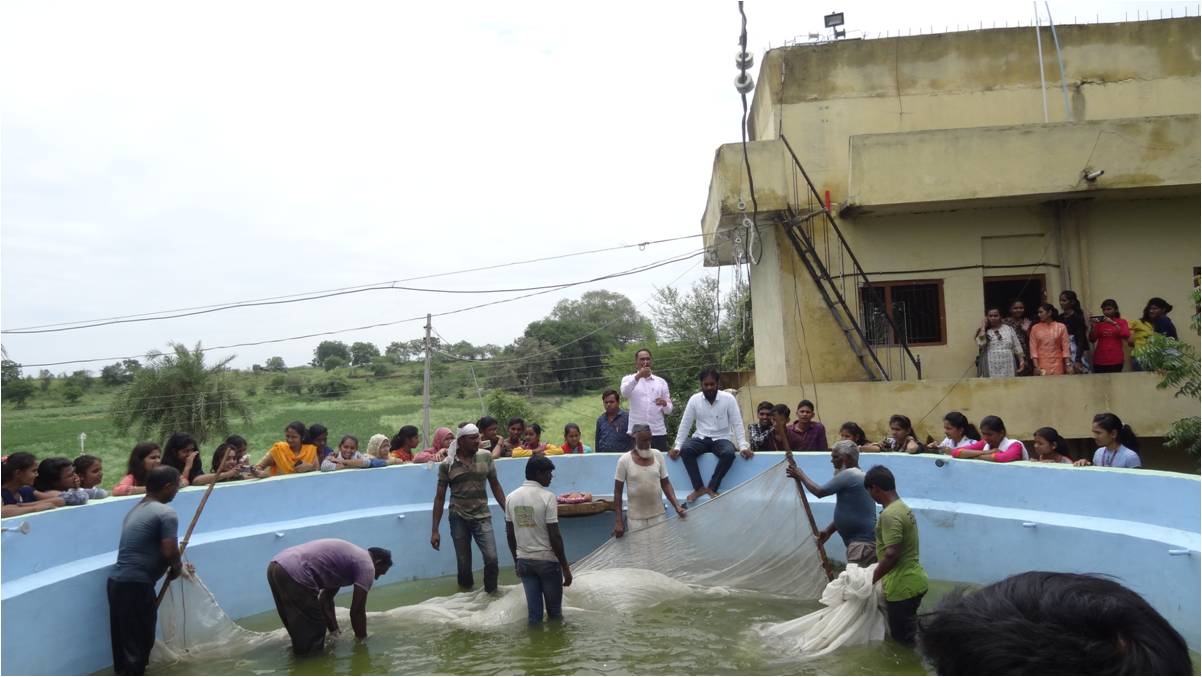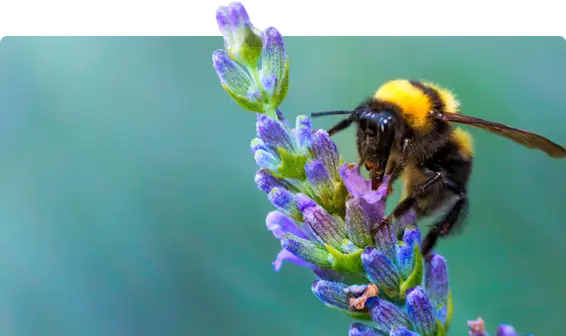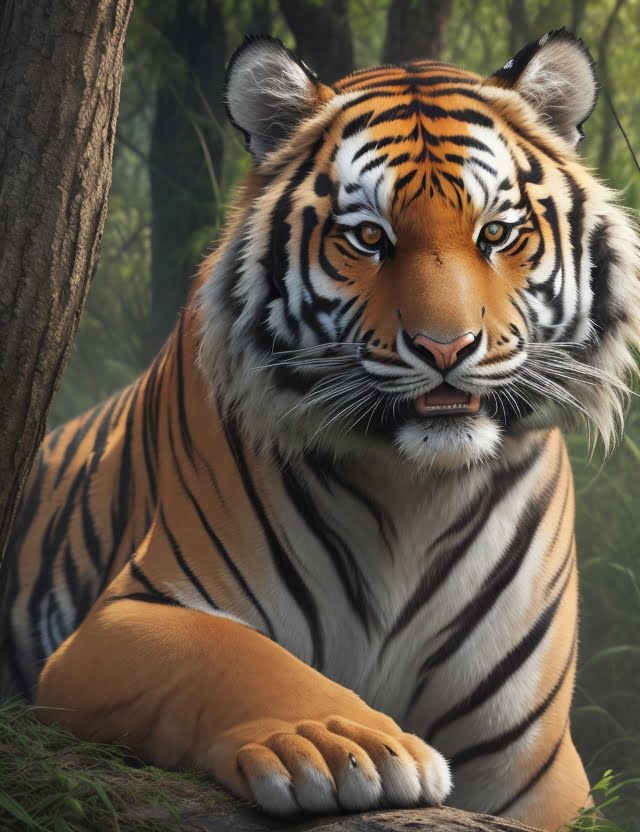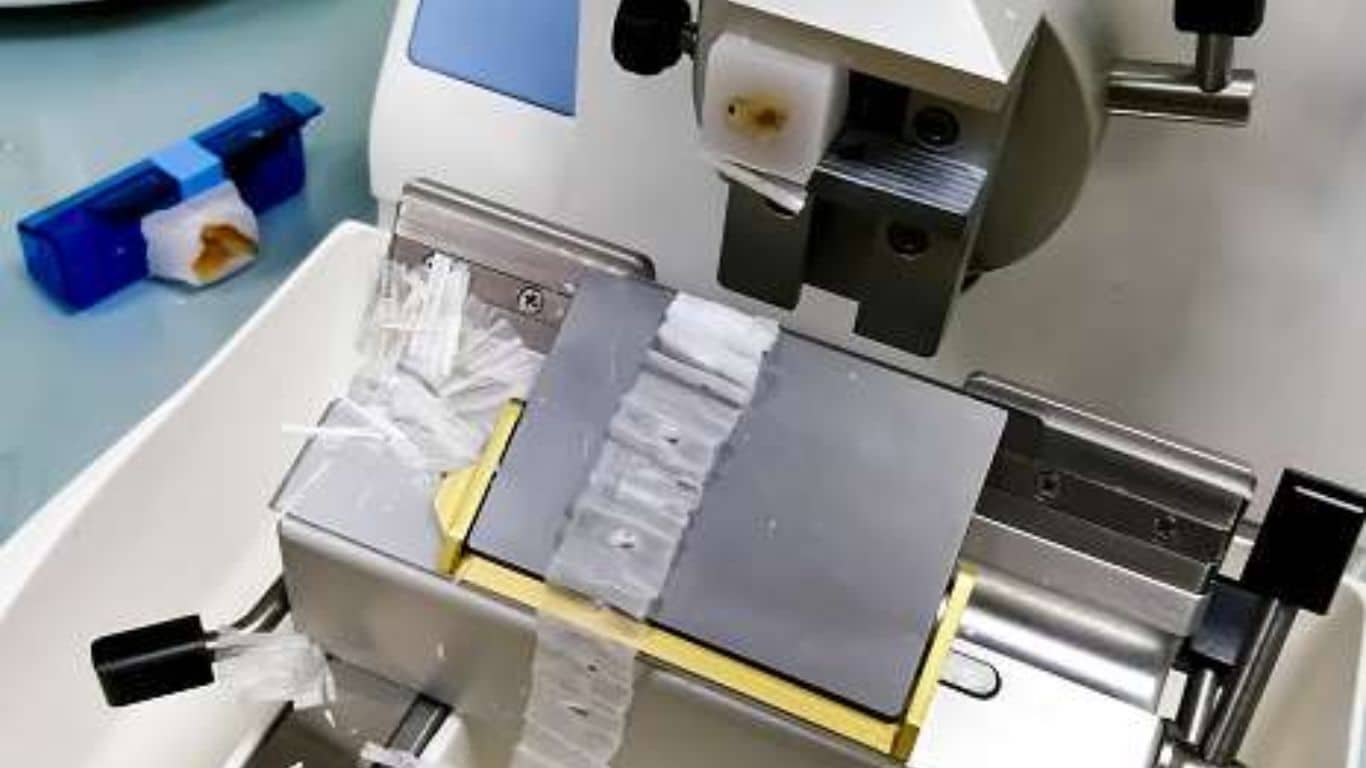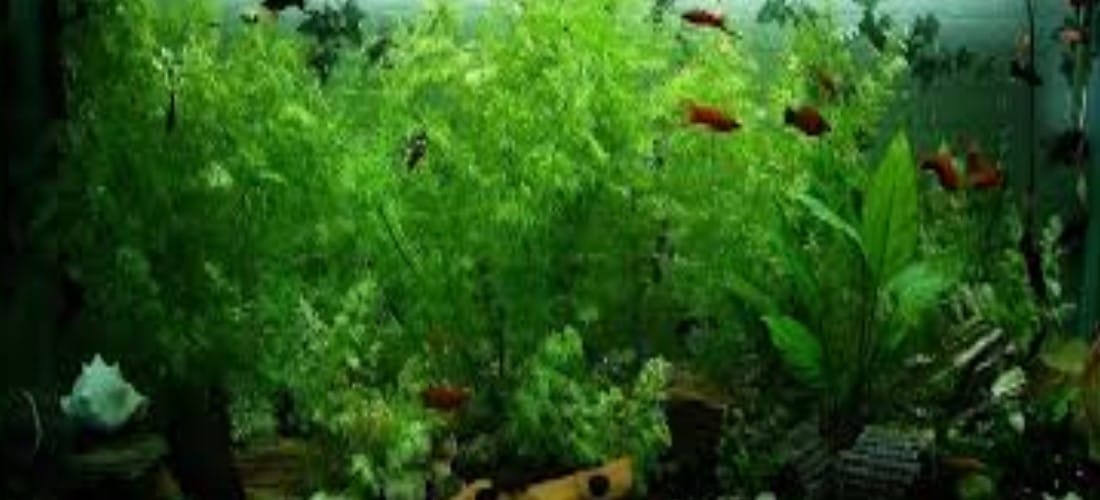Accessories used in Aquarium: Aquariums can be quite a bit more than just a tank with fish. There are various accessories that can enhance both the look and functionality of an aquarium.
Accessories used in Aquarium
Here are some common accessories you might find in aquariums:
1. Filtration System
The filtration system in an aquarium is essential for maintaining a healthy and stable environment for the fish and other inhabitants. It removes waste, uneaten food, harmful chemicals, and excess nutrients, helping to keep the water clean and clear. There are several types of filtration systems used in aquariums, each with its unique advantages and features. Here’s a breakdown of the main types:
1. Mechanical Filtration
- Purpose: Removes solid debris such as fish waste, uneaten food, and plant matter.
- How it works: Water passes through a filter media (like foam or filter pads) that physically traps particles.
- Best for: Regular maintenance and keeping the water clear.
- Maintenance: Requires periodic cleaning or replacement of filter pads/media to ensure effectiveness.
2. Biological Filtration
- Purpose: Removes harmful ammonia and nitrites by promoting the growth of beneficial bacteria that convert them into less harmful nitrates.
- How it works: Filter media (like ceramic rings, bio-balls, or sponge filters) provide a surface for beneficial bacteria to grow. These bacteria break down harmful substances through the nitrogen cycle.
- Best for: Long-term tank health and preventing toxic buildup.
- Maintenance: Bacteria colonies usually self-sustain, but filter media should be cleaned carefully to avoid disrupting the colonies.
3. Chemical Filtration
- Purpose: Removes dissolved chemicals, toxins, and odors from the water, like chlorine, heavy metals, and excess nutrients.
- How it works: Chemical filter media, such as activated carbon, zeolite, or phosphate removers, adsorb or chemically bind contaminants.
- Best for: Maintaining water quality and clarity, particularly if there’s a specific issue like an algae bloom.
- Maintenance: Needs periodic replacement (usually monthly) depending on the specific media used.
Types of Filtration Systems:
1. Hang-On-Back (HOB) Filters
- How it works: This filter hangs on the back of the tank. Water is pulled into the filter through a pump, passes through filter media, and is returned to the tank.
- Advantages: Easy to install and maintain, effective for small to medium-sized tanks, good for mechanical and biological filtration.
- Disadvantages: Can be noisy and visible from the outside.
2. Canister Filters
- How it works: A powerful filter that sits outside the tank and uses a pump to draw water in. The water passes through several stages of filtration (mechanical, biological, and chemical) before being returned to the tank.
- Advantages: Very efficient and ideal for larger tanks, customizable with various filter media, often quieter than HOB filters.
- Disadvantages: Larger, more expensive, and requires more maintenance.
3. Internal Filters
- How it works: These filters sit inside the aquarium, typically submerged. Water is drawn into the filter and returned to the tank after filtration.
- Advantages: Compact and easy to install, ideal for smaller tanks, and often less visible.
- Disadvantages: Can take up space inside the tank and may not be as powerful as external filters.
4. Sponge Filters
- How it works: A sponge is attached to an air pump, which creates a gentle current that draws water through the sponge, providing mechanical and biological filtration.
- Advantages: Low-flow filtration, great for fry tanks, shrimp tanks, and tanks with delicate fish. Very gentle and ideal for tanks with fragile organisms.
- Disadvantages: Less effective for larger tanks with heavy bioloads, and may need to be paired with other filtration methods.
5. Fluidized Bed Filters
- How it works: Water is pushed through a bed of fine media (like sand or small ceramic beads), which creates a “fluidized” state where the media constantly moves, maximizing surface area for biological filtration.
- Advantages: Excellent for high levels of biological filtration, typically used in very high bioload setups like reef aquariums.
- Disadvantages: Expensive and may require more maintenance compared to other filters.

2. Heaters
For tropical fish that require a stable water temperature, heaters are essential. Submersible heaters are commonly used. Heaters are required in cool places where the temperature is less especially during night hours.
3. Lights
Aquarium lighting is essential for both the health of aquatic life and the aesthetic appeal of your tank. The right lighting helps support plant growth, enhances the colors of fish, and mimics natural light cycles for the aquarium inhabitants.
Types of Aquarium Lighting:
- LED Lighting:
- Most popular due to energy efficiency, long lifespan, and adjustable settings.
- Great for both fish and plants.
- Can be customized for color and intensity.
- Fluorescent Lighting:
- Common in older setups, provides a wide spectrum of light.
- Less energy-efficient than LEDs but still a solid option.
- Often used in planted tanks but may need additional lighting for higher light-demanding plants.
- Compact Fluorescent Lighting (CFL):
- A type of fluorescent bulb that is smaller and more efficient.
- Often used in smaller tanks.
- Metal Halide Lighting:
- Provides bright light and is excellent for deep tanks or reef aquariums.
- Expensive and generates more heat, requiring a cooling system.
4. Aerators & Air Pumps
In order to keep good water quality in the ornamental tanks and for maintaining the fish in a healthy manner, oxygenation of water is very important. For this purpose, air pumps costing Rs.200 to 500 per piece are available in the market. Air tubes and controlling devices are also needed to regulate the airflow to the system. Air stones are useful for production of small air bubbles and for efficient oxygenation.
5. Substrate
- Gravel, sand, or soil (especially important for planted aquariums)
- Specialized substrates for plants or for aesthetic purposes
6. Decorations
- Aquarium rocks, caves, and driftwood (to mimic natural environments and provide hiding spots for fish)
- Plastic or silk plants (for aesthetic or practical use)
- Aquarium background (helps with visual appeal and hides equipment)
- Aquarium ornaments (statues, castles, etc.)
7. Water Conditioners & Treatments
- Dechlorinator (to remove harmful chlorine/chloramines from tap water)
- pH adjusters (for specific fish requirements)
- Algae control (to reduce or prevent algae growth)
- Bacteria boosters (for biological filtration)
8. Fish Nets
Used for catching and transferring fish safely without stressing them. To handle ornamental fishes without subjecting them to injury/diseases, hand nets are very important. Hand nets made of mosquito nets or velon screen or bolting silk are in common use. The brood stock of ornamental fish should normally be handled by hand nets made of velon screen (no.30-40).
9. Gravel Vacuums
- For cleaning the substrate and removing debris from the bottom of the tank.

10. Thermometers
- To monitor water temperature and ensure it’s within the desired range.
11. Timers & Controllers
- For lights, heaters, and other devices, helping maintain consistency in the aquarium environment.
12. Fish Food Dispensers
- Automatic feeders for when you’re away or for consistency in feeding.
13. Fishnet Breeder Box
- Used for breeding fish or to isolate sick or injured fish from the main tank.
14. CO2 System (for planted aquariums)
- Provides carbon dioxide to plants to promote healthy growth in planted tanks.
15. Surface Skimmer
- Removes organic debris from the water surface to maintain good water quality.



